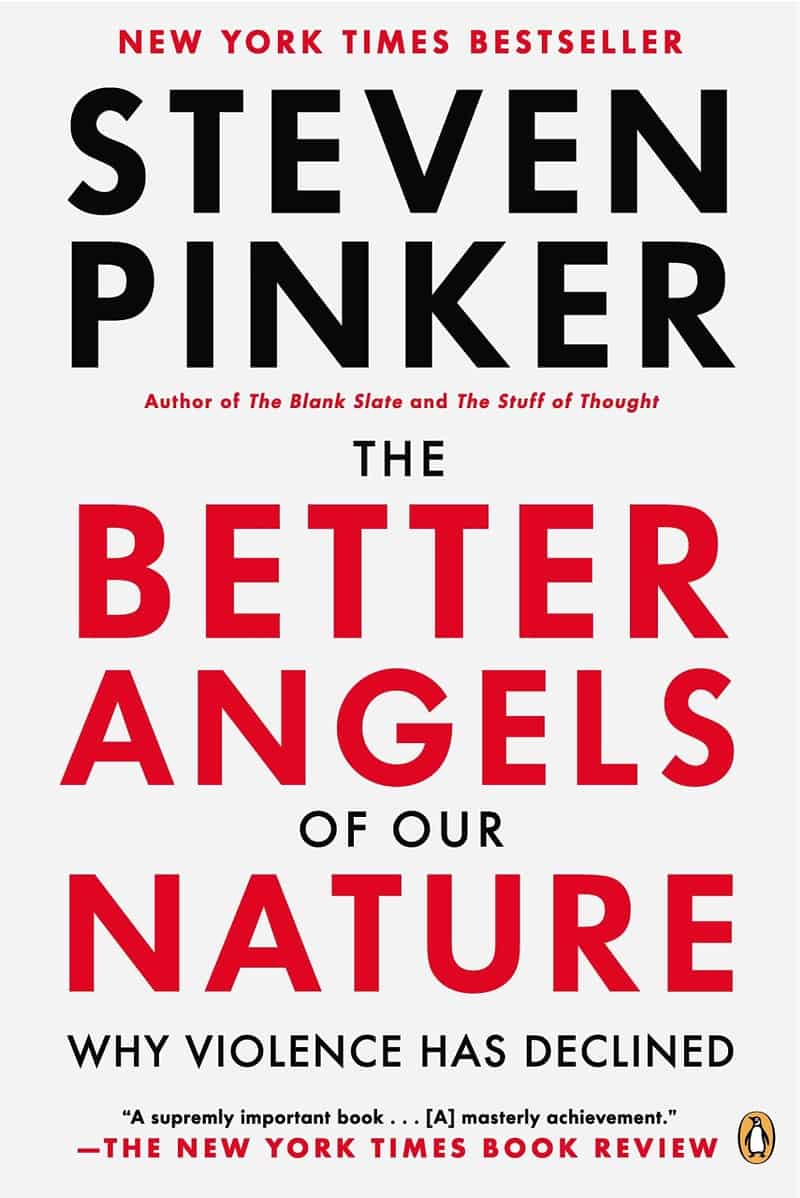Publications by Type: Journal Article
2010
2009
Words, grammar, and phonology are linguistically distinct, yet their neural substrates are difficult to distinguish in macroscopic brain regions. We investigated whether they can be separated in time and space at the circuit level using intracranial electrophysiology (ICE), namely by recording local field potentials from populations of neurons using electrodes implanted in language-related brain regions while people read words verbatim or grammatically inflected them (present/past or singular/plural). Neighboring probes within Broca’s area revealed distinct neuronal activity for lexical ( 200 milliseconds), grammatical ( 320 milliseconds), and phonological ( 450 milliseconds) processing, identically for nouns and verbs, in a region activated in the same patients and task in functional magnetic resonance imaging. This suggests that a linguistic processing sequence predicted on computational grounds is implemented in the brain in fine-grained spatiotemporally patterned activity.
2008
When people speak, they often insinuate their intent indirectly rather than stating it as a bald proposition. Examples include sexual come-ons, veiled threats, polite requests, and concealed bribes. We propose a three-part theory of indirect speech, based on the idea that human communication involves a mixture of cooperation and conflict. First, indirect requests allow for plausible deniability, in which a cooperative listener can accept the request, but an uncooperative one cannot react adversarially to it. This intuition is sup- ported by a game-theoretic model that predicts the costs and benefits to a speaker of direct and indirect requests. Second, language has two functions: to convey information and to negotiate the type of relationship holding between speaker and hearer (in particu- lar, dominance, communality, or reciprocity). The emotional costs of a mismatch in the assumed relationship type can create a need for plausible deniability and, thereby, select for indirectness even when there are no tangible costs. Third, people perceive language as a digital medium, which allows a sentence to generate common knowledge, to propagate a message with high fidelity, and to serve as a reference point in coordination games. This feature makes an indirect request qualitatively different from a direct one even when the speaker and listener can infer each other’s intentions with high confidence.
Why do compounds containing regular plurals, such as rats-infested, sound so much worse than corresponding compounds containing irregular plurals, such as mice-infested? Berent and Pinker (2007) reported five experiments showing that this theoretically important effect hinges on the morphological structure of the plurals, not their phonological properties, as had been claimed by Haskell, MacDonald, and Seidenberg (2003). In this note we reply to a critique by these authors. We show that the connectionist model they invoke to explain the data has nothing to do with compounding but exploits fortuitous properties of adjectives, and that our experimental results disconfirm explicit predictions the authors had made. We also present new analyses which answer the authors’ methodological objections. We conclude that the interaction of compounding with regularity is a robust effect, unconfounded with phonology or semantics.
2007
English speakers disfavor compounds containing regular plurals compared to irregular ones. Haskell, MacDonald and Seidenberg (2003) attribute this phenomenon to the rarity of compounds containing words with the phonological properties of regular plurals. Five experiments test this proposal. Experiment 1 demonstrated that novel regular plurals (e.g., loonks-eater) are disliked in compounds compared to irregular plurals with illicit (hence less frequent) phonological patterns (e.g., leevk-eater, plural of loovk). Experiments 2–3 found that people show no dispreference for compounds containing nouns that merely sound like regular plurals (e.g., hose-installer vs. pipe-installer). Experiments 4–5 showed a robust effect of morphological regularity when phonological familiar- ity was controlled: Compounds containing regular plural nonwords (e.g., gleeks- hunter, plural of gleek) were disfavored relative to irregular, phonologically-iden- tical, plurals (e.g., breex-container, plural of broox). The dispreference for regular plurals inside compounds thus hinges on the morphological distinction between irregular and regular forms and it is irreducible to phonological familiarity.
This paper proposes a new analysis of indirect speech in the framework of game theory, social psychology, and evolutionary psychology. It builds on the theory of Grice, which tries to ground indirect speech in pure rationality (the demands of e‰cient communication between two cooperating agents) and on the Politeness Theory of Brown and Levinson, who proposed that people cooperate not just in exchanging data but in saving face (both the speaker’s and the hearer’s). I suggest that these theories need to be supple- mented because they assume that people in conversation always cooperate. A reflection on how a pair of talkers may have goals that conflict as well as coincide requires an examination of the game-theoretic logic of plausible denial, both in legal contexts, where people’s words may be held against them, and in everyday life, where the sanctions are social rather than judi- cial. This in turn requires a theory of the distinct kinds of relationships that make up human social life, a consideration of a new role for common knowledge in the use of indirect speech, and ultimately the paradox of ra- tional ignorance, where we choose not to know something relevant to our interests.


